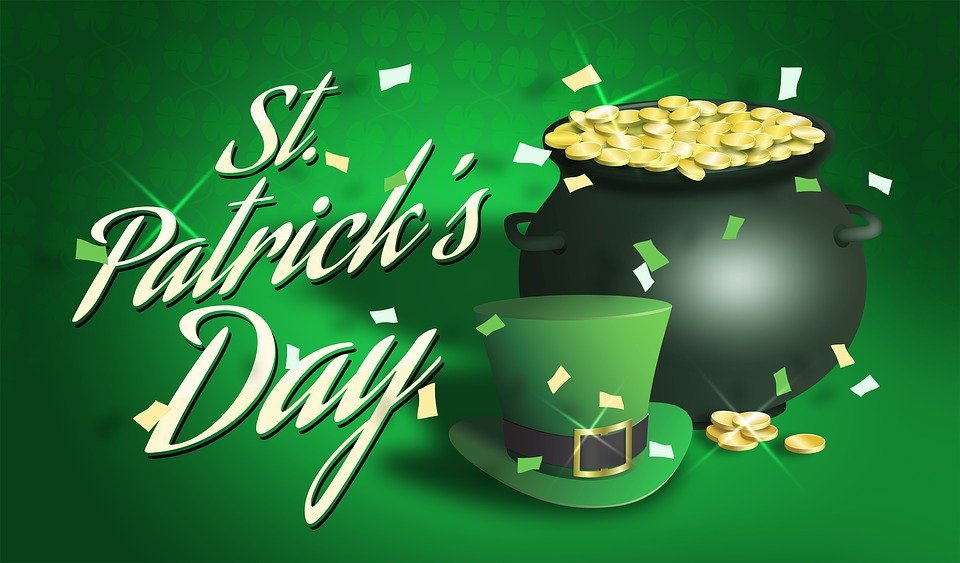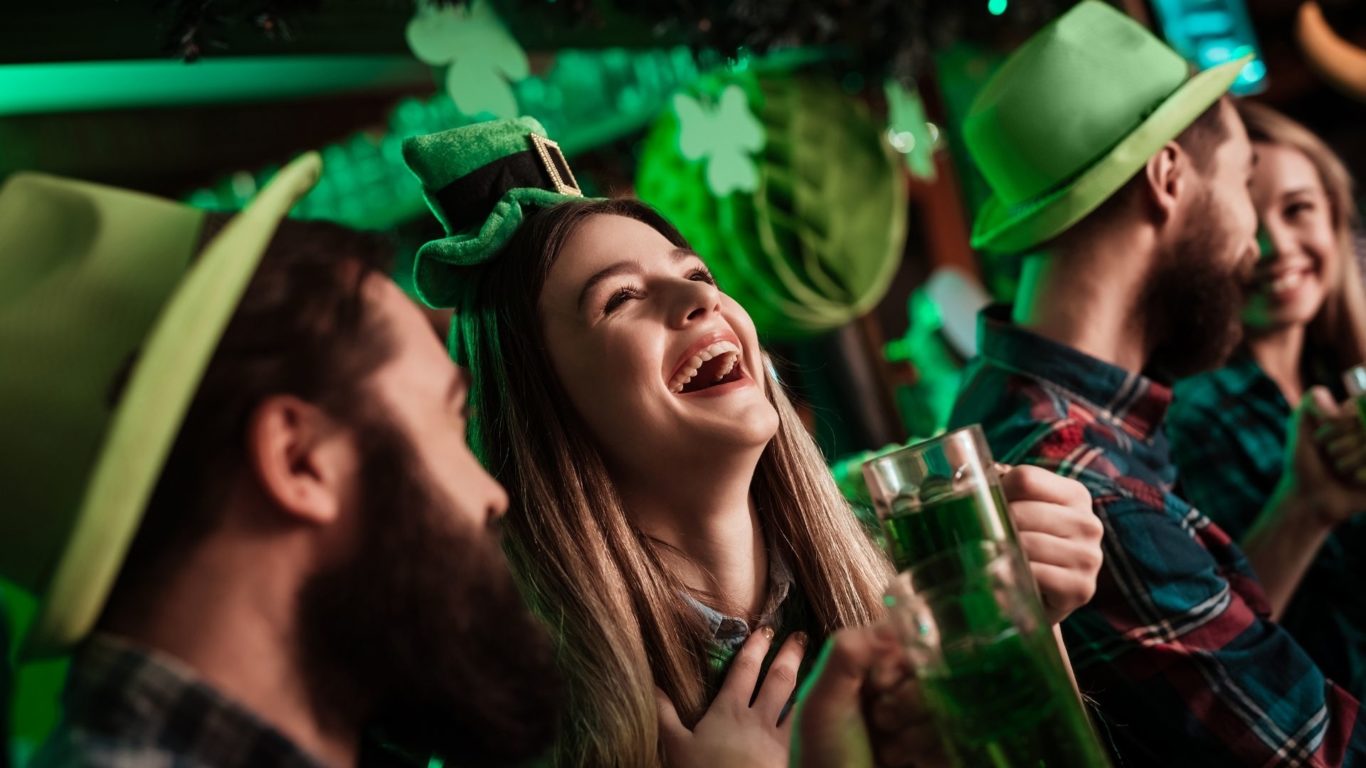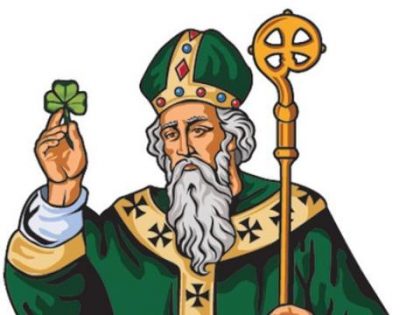

This Friday, March 17th, is St. Patricks Day. St. Patricks Day is the one day in the year in which everyone and anyone can call themselves Irish - if not by birthright, then in spirit.
St. Patricks Day is celebrated in more countries around the world than any other single-day national festival, laregly due to America's enthusiasm for what many consider a holiday, although it is not an official holiday in America.
The luck of the Irish and all things green are celebrated on St. Patricks Day, which is on March 17th every year. Initially, a day to honour St. Patrick, the patron saint of Ireland, over time the holiday has evolved into a fun and festive celebration of Irish culture.

The History of St. Patrick's Day
The Catholic Church first recognised March 17th as a feast day commemorating Ireland's best known and most beloved patron saint, St. Patrick, in 1631. With rare exceptions, March 17 always fell during the Christian holy season of Lent, when alcohol consumption was prohibited by the Church. But on Saint Patrick's feast day, the ban on alcohol was lifted, presumably because it was a feast day, and feasting usually included alcohol.

Saint Patrick's feast day in Ireland remained a traditionally pious religious day. Irish laws eventually curtailed the use of alcohol during the feast on March 17th by mandating that all pubs remain closed on that day. That was Irish law until it was repealed in the 1970's. The day continued to be and still is observed as a feast day by the Church of Ireland, the Catholic Church, the Anglican Communion, the Eastern Orthodox Church, and the Lutheran Church. However, when the Irish government became aware of a growing interest in St. Patricks Day by American tourists in the mid 1990's, they launched a national campaign to convert American's fascination with St. Patrick's Day and Irish culture into tourist dollars.
Traditions for St. Patrick's Day
The theme for St. Paddy's Day is Irish and the colour green, so drinks, food and parties are all centered around this. Traditionally, green dressing and green coloured food are prepared to get into the spirit of the day. Irish beer is also very popular, so pubs and clubs have special deals and host parties. Celebrations are taken to the street with massive parades in major cities all over America.
Four-leaved clovers or the shamrock is the symbol of the day. Other symbols include anything green, orange, and white, pots of gold, and leprechauns.

5 St. Patrick's Day facts
1). St. Patrick was not an Irishman: he was born Maewyn Succat around 385 A.D., son of a Christian church deacon and wealthy family, in Britain, which was under the rule of the Roman Empire at that time.
2). He arrived in Ireland as a slave: the rich kid was kidnapped from Britain at the age of 16 by a band of raiders who enslaved him as a shepard in Gaelic Ireland for six years, during which time he converted to Christianity.
3). He was a saint, but not really: although he is known as Saint Patrick and is the most beloved of all patron saints of Ireland, he has never been formally canonized as a saint by the Catholic Church.
4). St. Patrick did not rid Ireland of snakes: he could not have done this because there have never been any snakes on the island nation of Ireland - this is a folklore legened.
5). Four-leaf clovers are never shamrocks: the four leaf clover being lucky has nothing to do with St. Patrick - legend has it that St. Patrick used a green plant with three leaves, commonly called a shamrock, to teach the Christian concept of the Holy Trinity - only a three-leaf clover can be a shamrock.





 Quick Order
Quick Order

